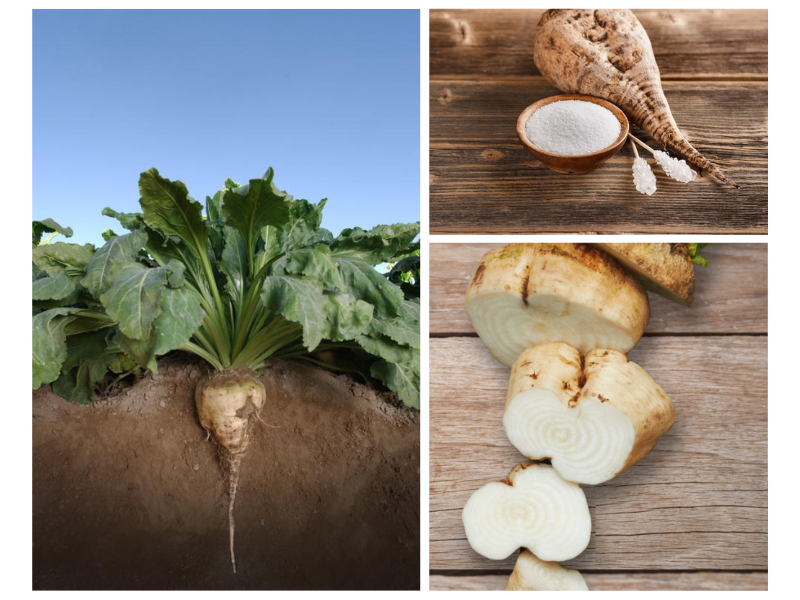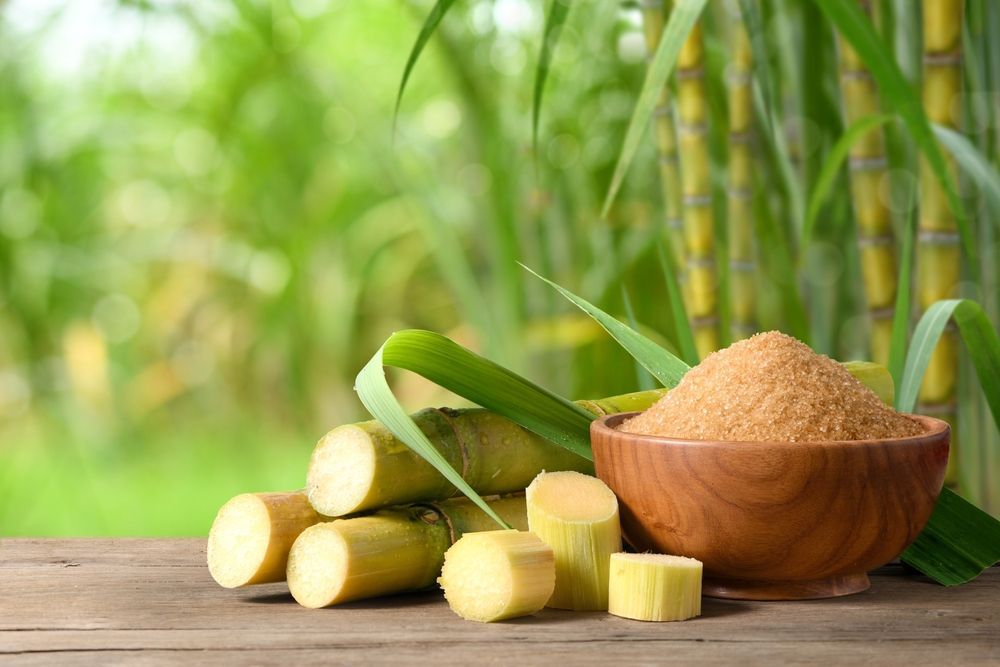Beet Sugar vs. Cane Sugar: Trick Distinctions You Must Know
The difference in between beet sugar and cane sugar prolongs beyond their similar chemical compositions; it encompasses their origins, manufacturing methods, and potential wellness effects. While both sorts of sugar work as typical sugar, their divergent backgrounds-- beet sugar arising in 19th century Europe and cane sugar mapping back to ancient Southeast Asia-- established the stage for a deeper expedition of their manufacturing and dietary profiles. Understanding these differences might affect customer choices in a market progressively concentrated on wellness and sustainability. What nuances might even more educate your decisions on these sweeteners?
Origins of Beet Sugar
Although beet sugar has ended up being a significant player in the worldwide sugar market, its origins can be traced back to the very early 19th century when European researchers began checking out alternate resources of sugar. The zero hour occurred in 1801 when German chemist Andreas Marggraf determined sugar in the white beet, a discovery that prepared for succeeding research and business applications.
The procedure of refining beet sugar was additional advanced by his trainee, Franz Karl Achard, who developed the very first beet sugar factory in Prussia in 1806. This development accompanied the Napoleonic Wars, during which trade disruptions brought about an enhanced need for domestic sugar production in Europe. beet sugar vs cane sugar. Because of this, beet sugar obtained grip, especially in countries like France and Germany

Beginnings of Cane Sugar
Cane sugar, stemmed from the sugarcane plant, has an abundant history that dates back hundreds of years, largely in tropical regions where the plant thrives. The earliest proof of sugarcane cultivation can be mapped to New Guinea and Southeast Asia around 8,000 BCE. From these beginnings, knowledge of sugarcane spread to India, where it was very first refined into taken shape sugar by the fifth century CE.
As trade paths established, sugarcane got to Persia, the Mediterranean, and eventually Europe, where it was at first considered a luxury product. The development of sugar manufacturing occurred during the Islamic Golden Era, which facilitated the transfer of agricultural methods and innovations. By the 15th century, the demand for sugar surged, triggering European nations to establish vineyards in the Caribbean and South America.
This change not just changed the farming landscape of these regions but likewise had substantial socio-economic effects, including the reliance on shackled labor. Cane sugar, as soon as a rare product, ended up being a staple in diet plans worldwide, laying the foundation for the worldwide sugar market we acknowledge today. Recognizing its beginnings is crucial for appreciating cane sugar's effect on cooking practices and economic situations.
Manufacturing Processes
The production processes for both beet sugar and cane sugar entail a number of important actions that change raw materials right into the crystalline sweeteners typically made use of today. For beet sugar, the process begins with collecting sugar beetss, which are after that washed and cut right into slim cossettes. These cossettes are subjected to hot water extraction, permitting the sugar to dissolve.
On the other hand, cane sugar manufacturing begins with the harvesting of sugarcane, which is squashed to extract the juice. This juice is also detoxified utilizing lime and warmth. Complying with purification, the juice is vaporized to develop a syrup, which is after that crystallized. The sugar crystals are centrifuged to divide them from the remaining syrup, called molasses, and subsequently dried out. While both share similarities, the source material and certain approaches cause distinct attributes for beet and cane sugars, affecting the preferences of suppliers and customers alike.
Nutritional Comparison
When comparing the nutritional accounts of beet sugar and cane sugar, it is important to recognize that both sugar are mainly made up of sucrose, leading to similar energy material and calorie worths (beet sugar vs cane sugar). Both kinds of sugar commonly contain about 4 calories per gram, making them comparable in regards to power stipulation
In enhancement to sucrose, both beet and cane sugars have trace quantities of vitamins and minerals; however, these quantities are negligible and do not significantly add to day-to-day nutritional needs. Both may contain minute degrees of potassium, calcium, and magnesium, but these are not present in sufficient quantities to use any type of substantial health advantages.
In addition, the lack of fiber in both kinds of sugar highlights their role as pure sugar as opposed to sources of nutrition. beet sugar vs cane sugar. While they may offer a fast resource of energy, blog their absence of necessary nutrients highlights the relevance of small amounts in consumption
Ultimately, from a totally nutritional standpoint, beet sugar and cane sugar are virtually indistinguishable, making the selection in between both greatly based on factors such as taste choice, availability, and ecological factors to consider.
Health Ramifications
While beet sugar and cane sugar share comparable nutritional profiles, their wellness implications warrant factor to consider beyond mere make-up. Both sugars are mainly made up of sucrose, which can lead to similar metabolic results; too much usage can add to excessive weight, diabetic issues, and heart diseases. The source and production of these sugars might affect their total health and wellness influence.
Beet sugar is often created making use of questionable chemicals, such as phosphoric acid, which may leave trace deposits. On the other hand, cane sugar undertakes a more traditional refining process, which tends to be less chemical-intensive. The presence of these deposits in beet sugar can increase worries for delicate populations or those seeking to decrease chemical exposure.

Furthermore, the cultivation practices of sugar beetss and sugar cane may differ, with the previous frequently entailing more intensive agricultural practices that can impact dirt health and wellness and biodiversity. This farming context might influence the more comprehensive health and wellness implications of sugar intake on a population degree.
Ultimately, while both beet and cane sugars offer comparable roles in the diet regimen, customers must think about the nuances of production and sourcing when making educated selections regarding their sugar consumption.
Verdict

While both types of sugar offer as typical sweeteners, their divergent backgrounds-- beet sugar arising in 19th century Europe and cane sugar tracing back to ancient Southeast click here now Asia-- established the Click Here stage for a deeper expedition of their manufacturing processes and nutritional accounts.The procedure of refining beet sugar was more advanced by his trainee, Franz Karl Achard, that developed the first beet sugar factory in Prussia in 1806.The manufacturing for both beet sugar and cane sugar involve a number of important actions that change raw materials into the crystalline sugar generally used today. For beet sugar, the process starts with collecting sugar beetss, which are then washed and sliced right into slim cossettes. The removal refines further differentiate the two, with beet sugar making use of warm water removal and cane sugar involving crushing.